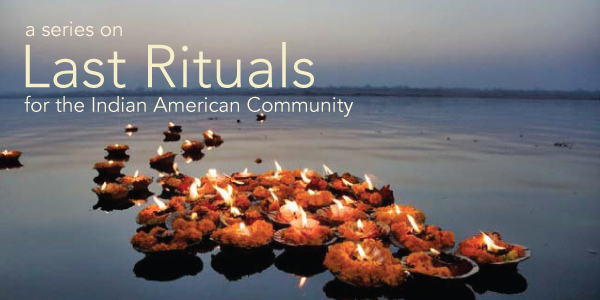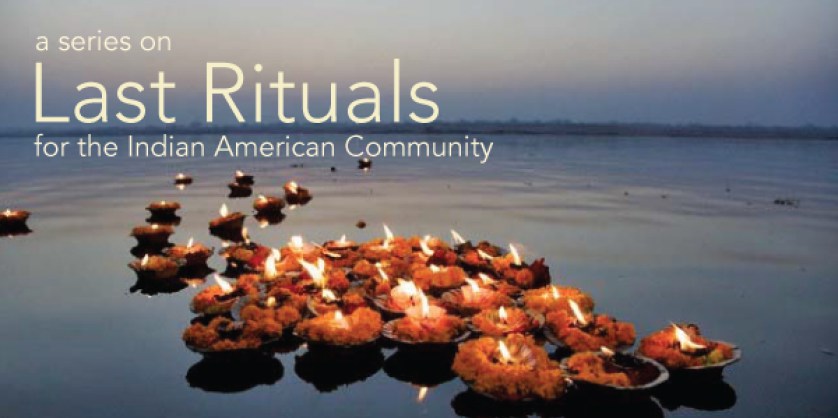(Editor’s note: This is the part-2 of Last Rituals Series published by INDIA New England News in collaboration with the Desai Foundation. There are many different religions and communities in India and each has different beliefs, customs, prayers, and practices regarding last rituals. In today’s series, we focus on Patel caste rituals.)
By Pravin Patel
As a community that has many Hindus, the Patel caste follows similar rituals as described in Hindu Rituals. In the Patel caste, funeral arrangements are very simple. The deceased are cremated; only young children are buried after death. The cremation should take place during the day, and as soon as possible after death. If someone dies after dusk, close family and friends keep vigil with the body through the night. A Hindu priest is not involved in the funeral service.
 After a death, the family lights lamps (“diyas”) fueled by clarified butter (“ghee”). The remains are bathed and properly dressed. A small fire of cow dung is started in an earthen pot. The remains are transported in a carrier of bamboo with a coconut hanging from each of the four handles for the pallbearers.
After a death, the family lights lamps (“diyas”) fueled by clarified butter (“ghee”). The remains are bathed and properly dressed. A small fire of cow dung is started in an earthen pot. The remains are transported in a carrier of bamboo with a coconut hanging from each of the four handles for the pallbearers.
In the funeral procession, the male family members, relatives, and friends proceed to the cremation site, led by a son or close family member carrying the earthen pot. (Women do not attend the cremation services.) At the cremation site, the body is laid on a wooden pyre, and clarified butter is poured on. The cremation begins by lighting the pyre with fire from the earthen pot.
The attendees remain at the site until the body is completely cremated. The next morning, a son or other close male family member returns to collect the ashes. On an auspicious day that follows, the ashes are dispersed into a holy river or ocean.
On the twelfth day after death, religious services are held and donations are made to Brahmins and other groups of people. If an older person has died, a feast is also held. Patels in the U.S. cannot perform these rituals exactly as they would in India, so they customarily follow the cremation services of mainstream Hindus as appropriate.









